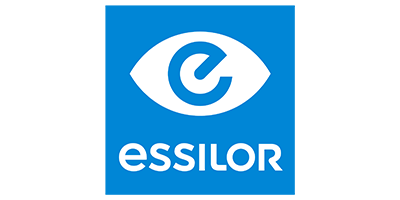
Sessão de Relato de Caso
Código
P46
Área Técnica
Uveites / AIDS
Instituição onde foi realizado o trabalho
- Principal: Hospital das Clinicas HCFMUSP, Faculdade de Medicina, Universidade de Sao Paulo
Autores
- BRUNO FORTALEZA DE AQUINO FERREIRA (Interesse Comercial: NÃO)
- Alex Haruo Higashi (Interesse Comercial: NÃO)
- Leandro Lara do Prado (Interesse Comercial: NÃO)
- Célio Roberto Gonçalves (Interesse Comercial: NÃO)
- Carlos Eduardo Hirata (Interesse Comercial: NÃO)
- Joyce Hisae Yamamoto (Interesse Comercial: NÃO)
Título
ASSESSMENT OF PARAFOVEAL RETINAL VASCULATURE IN BEHÇET'S SYNDROME USING OPTICAL COHERENCE TOMOGRAPHY ANGIOGRAPHY
Objetivo
OCT-Angiography (OCT-A) has a unique ability to analyze retinal vascular plexuses, allowing biomarkers assessment in Behçet's syndrome (BS) with ocular involvement, which manifests mainly as an occlusive retinal vasculitis. We performed a cross-sectional quantitative and qualitative assessment of parafoveal retinal vascular plexuses in Behçet's uveitis (BU) patients, comparing them with non-ocular BS (NOBS) patients and healthy subjects (HS).
Método
Twenty-six patients that met the International Criteria for Behçet's Disease (2014), 16 with BU (age 43.4±12.8 years) and 10 with NOBS (40.7±9 years), and 10 sex-matched HS (42.2±11.7 years) were evaluated with Spectralis® OCT-A (Heidelberg Engineering, Heidelberg, Germany) (Figure 1). Five eyes with poor fixation were excluded. Foveal avascular zone (FAZ) area and circularity index (CI) were measured in superficial vascular plexus (SVP), intermediate capillary plexus (ICP), and deep capillary plexus (DCP), using ImageJ (NIH, Bethesda, Maryland, USA). Parafoveal vessel density (VD) for each macular quadrant and perifoveolar arcade disruption frequency were evaluated. All biomarkers were correlated with clinical features in BU patients. Statistical analysis was performed using generalized estimating equations with a normal distribution.
Resultado
Variance analysis showed a difference (p < 0.05) in VD between BU and NOBS/HS groups in ICP (nasal and inferior quadrants) and DCP (all quadrants) (Figure 2), and no differences for CI and perifoveolar arcade disruption. FAZ area and other VD parameters were different only between BU and HS (p < 0.05). In the BU group, the age of onset correlation was inverse with the FAZ area (r = -0.460) and positive with VD in SVP (r = 0.447).
Conclusão
In patients with BU, the deeper the retinal vascular layer, the greater is the loss of VD. Nasal/inferior quadrants are the most affected, while the temporal/superior quadrants are relatively spared. Moreover, the age of onset seems to be a predictor for parafoveal vascular changes in BS.
















